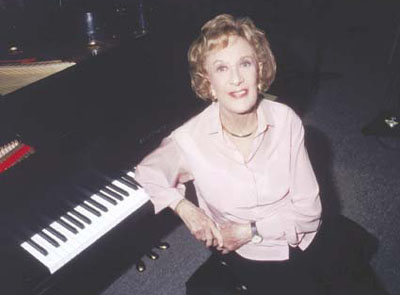
JazzWax tracks: Marian was a song scholar—and knew more songs than virtually anyone else in the business. “Oh, I don't know," she said to me when I raised her reputation. “Dick Hyman may know more."
As I mentioned above, my favorite period of Marian's was
If you download All My Life, At the Hickory House, On 52nd St. and After Dark, you'll hear what I'm talking about. These recordings span from 1952 to 1955.
JazzWax note: In 2010, David Brent Johnson, host of WFIU's Night Lights in Bloomington, Ind., aired a tribute to Marian that included excepts from an interview that Dick Bishop conducted with her in 1975. Go here
This story appears courtesy of JazzWax by Marc Myers.
Copyright © 2024. All rights reserved.



























